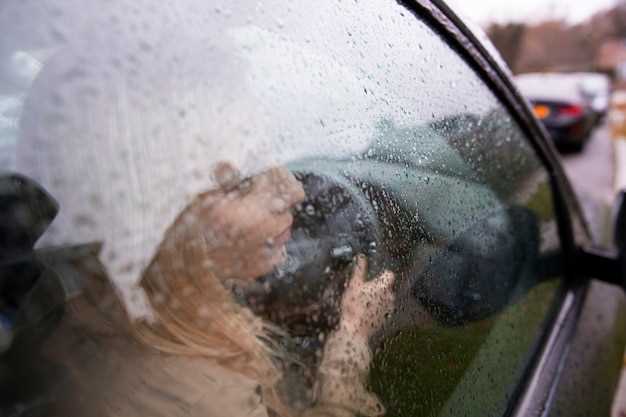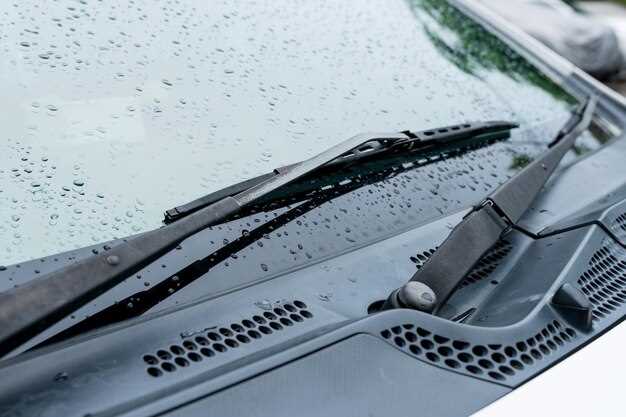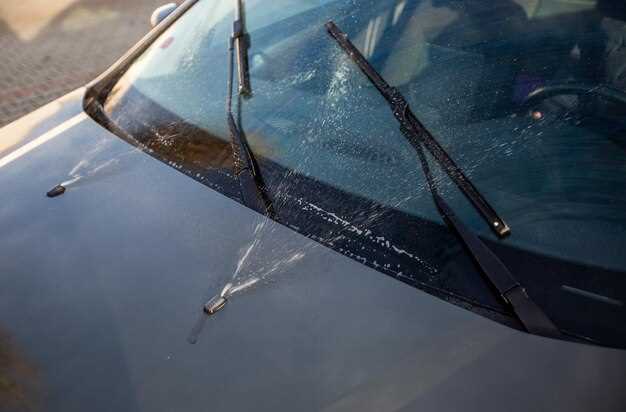

Clear visibility is essential for safe driving, and one of the key components that contribute to this is your vehicle’s windshield wipers. Over time, wiper blades can become worn or damaged, leading to decreased effectiveness and potentially hazardous driving conditions. Recognizing the signs that indicate it’s time to replace your windshield wipers can significantly enhance your ability to maintain a clear view of the road.
Many drivers overlook the importance of regular wiper maintenance until they find themselves struggling to see in rainy or snowy conditions. Worn wiper blades can leave streaks on your windshield, create annoying sounds during operation, or fail to make proper contact with the glass. These issues not only compromise your visibility but can also create a dangerous driving environment. Understanding the specific signs of wear and tear can help you determine the right moment for a replacement.
In this article, we will explore the various indicators that suggest your windshield wipers need to be replaced. From visible damage to performance issues, being aware of these signs can help you make informed decisions. Ensuring that your wipers are in optimal condition is vital for maintaining safety on the road–don’t let poor visibility jeopardize your travels.
Identifying Streaks and Smears on Your Windshield

Clear visibility is essential for safe driving, and your windshield wipers play a critical role in maintaining that clarity. However, if you start to notice streaks and smears on your windshield while using the wipers, it may be time to consider replacing them.
Streaks occur when the wipers fail to clear the water evenly off the glass. This can happen due to worn-out rubber blades that no longer make proper contact with the surface. Inspect the blades for any signs of damage, such as cracks or severe wear. If the wipers are unable to glide smoothly, they will likely leave behind streaks that can obstruct your view.
Smears, on the other hand, often result from contaminants on the windshield or the wiper blades themselves. If your wipers are smearing instead of wiping clean, dirty blades may be the culprit. Clean the blades and the windshield thoroughly to eliminate any debris. If smearing persists after cleaning, the wipers may not be functioning effectively and should be replaced.
In conclusion, both streaks and smears are clear indicators that your windshield wipers may not be performing at their best. Regular inspection and timely replacement can enhance your driving safety by ensuring that your windshield remains clear in all weather conditions.
Listening for Unusual Noises During Operation

One of the key indicators that your windshield wipers need replacement is the presence of unusual noises during operation. Typically, wipers should operate smoothly and quietly. If you hear scraping, squeaking, or grinding sounds, it is a sign that the wipers are not making proper contact with the windshield. This can be caused by worn rubber blades, bent wiper arms, or debris trapped between the blades and the glass.
Squeaking noises often indicate that the rubber is hardened or damaged, which can lead to poor performance in rain or snow. Scraping sounds may suggest that the wipers are no longer flexible enough to conform to the curvature of the glass. If the wipers emit a grinding sound, it could indicate more severe damage and may require immediate attention.
Ignoring these sounds can compromise your visibility during inclement weather, increasing the risk of accidents. Therefore, it is crucial to pay attention to any changes in the sound produced by your wipers while they are in operation. Regular maintenance and timely replacement of worn wipers can ensure safe driving conditions.
Assessing Wiper Blade Condition: Cracks and Tears
Regularly inspecting your windshield wiper blades for cracks and tears is essential for maintaining optimal visibility while driving. When the rubber of a wiper blade becomes damaged, it can lead to inefficient clearing of water or debris, creating hazardous conditions in rain or snow.
Begin your assessment by closely examining the rubber edge of the wiper blades. Look for signs of splitting or any breaks that may have developed over time. Even small cracks can significantly reduce the effectiveness of the blades, resulting in streaks or unclean areas on the windshield.
Additionally, check for tears along the blade length. A tear can cause the wiper to skip, which compromises the blade’s ability to maintain contact with the glass. This can result in reduced visibility, especially in adverse weather conditions, increasing the risk of accidents.
If you find cracks or tears, it is a clear indicator that the wiper blades need replacement. It’s crucial to address these issues promptly to ensure your safety on the road. Properly functioning wipers are vital for clear visibility and overall driving safety.







